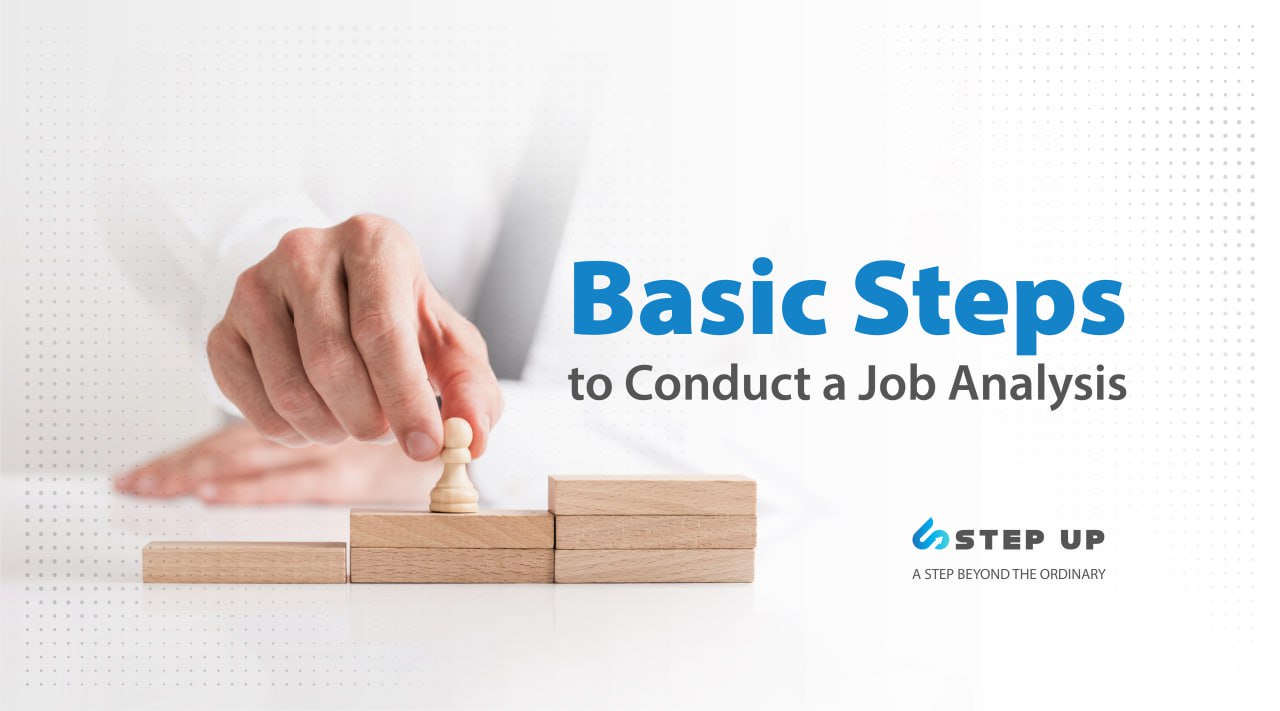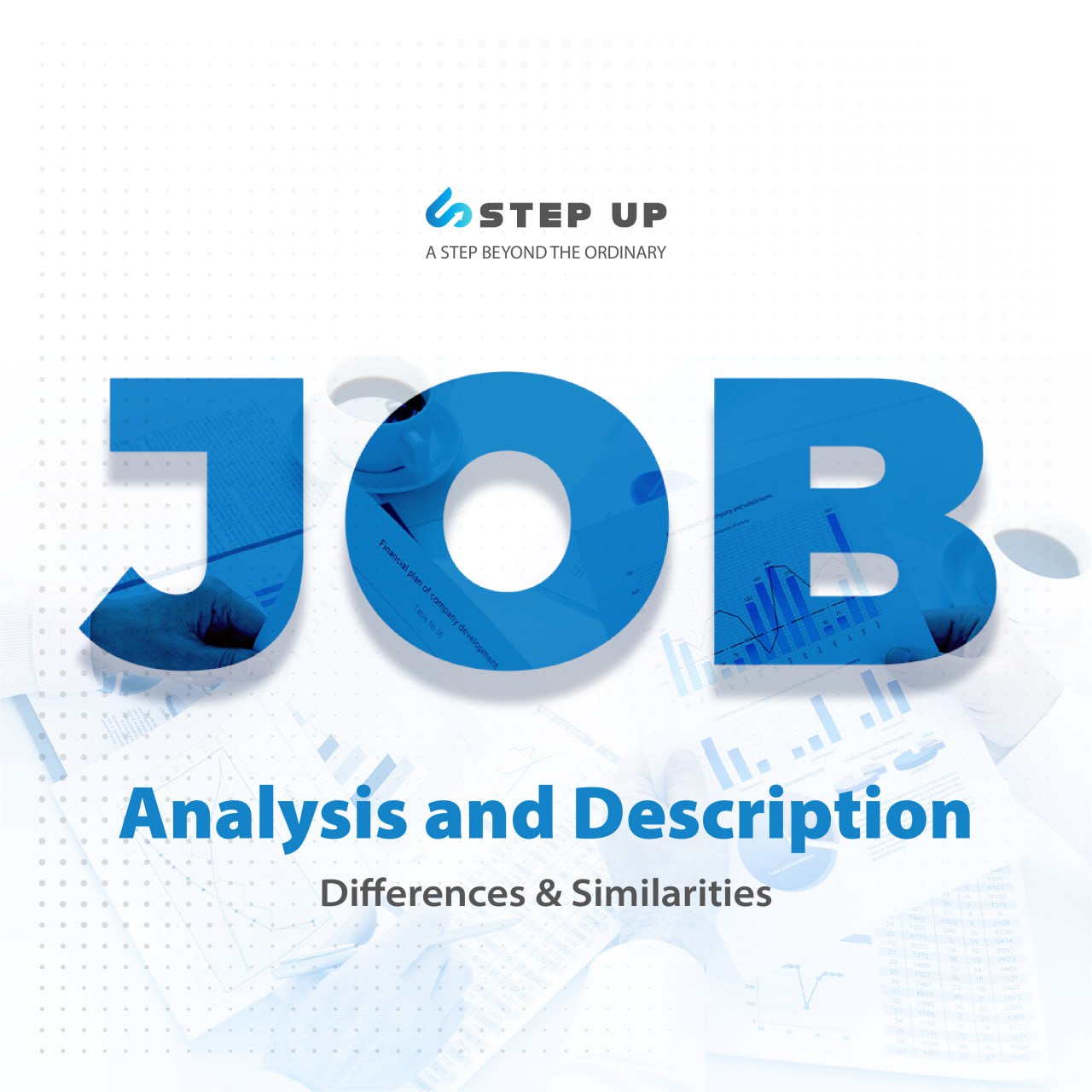-
call: +963 992 185 185
-
Mail: [email protected]
Recent: Syrian Arab Republic, Damascus.
Opening Hours : 09:00 A.M- 06:00 P.M
Unlocking Success: How to Conduct a Job Analysis Effectively?
Updated on : May 26th, 2025
If you need to run a powerful and effective hiring process then you need to conduct a job analysis that helps you to see things more clearly and find the right people with the right skills and competencies for your company.
So, whether you are an HR professional, a manager, or a business owner, you must know that conducting a job analysis is a vital step in your talent management and organizational growth processes.
If you want to run an effective job analysis then there are some basic fundamentals, techniques, and best practices to follow.
We are going to share with you full information on how to conduct a job analysis based on professional steps and methods. Moreover, share with you the great benefits attached to an effective job analyzing process.
What Is a Job Analysis?
A job analysis is the used term to describe the systematic process of collecting, documenting, and analyzing information about a specific job to provide an inclusive understanding of the duties, tasks, skills, and qualifications.
Thus, we must say that job analysis is not just a task to check off a list but rather a process that can help you align your team with your needs, recruit the right talent, and foster an effective workplace culture.
That is why job analysis is a fundamental practice in human resources management and is used for various purposes, including recruitment, performance evaluation, training and development, compensation, and compliance with employment laws.
The 5 Key Components of a Job Analysis:
The main goal behind conducting a job analysis is to create an accurate and up-to-date job profile, ensuring that employees and potential candidates have a clear understanding of what the job entails and what is expected of them.
However, the methods of job analysis can vary and may include interviews, surveys, direct observation, and the review of existing documentation and records.
But they all have one goal to create an accurate job profile that shares a clear image about what the job entails and what is expected from each one in the team.
1. Job Description:
This outlines the primary duties and responsibilities of the job with information about the included tasks, reporting relationships, and working conditions.
2. Job Specification:
This part of the analysis details the qualifications, skills, education, and experience needed for successful job performance.
3. Job Requirements:
A job analysis evaluates the physical, emotional, and mental demands of the job to ensure that the job aligns with legal and ethical requirements, such as accommodations for individuals with disabilities.
4. Performance Standards:
Through job analysis, companies can build clear performance standards and goals for employees in that position.
5. Job Evaluation:
For compensation purposes and more, corporations conduct a job analysis to determine the relative worth of jobs within their work.
7 Basic Steps to Conduct a Job Analysis:
These general steps share detailed information about the best way to conduct a job analysis despite the job analysis method.
Moreover, these steps help you to come out with a powerful result for the job description and other attached requirements for talent hunting, and other various HR purposes within your organization to help you improve your staff retention rate.
1. Define Purpose and Scope:
Start by clarifying the objectives of the job analysis whether it is for recruitment, performance appraisal, training, or any other HR-related purpose.
Defining the scope of the analysis sets the foundation for the entire process and helps make your team’s efforts more productive.
2. Select Data Collection Methods:
Choose your perfect data collection methods for your analysis process, which could be interviews, surveys, direct observation, and review of existing documentation.
Your selection should consider factors like the job’s complexity, the available resources, and the time frame for the analysis.
3. Collect Data:
After choosing your suitable data collection method or methods whether for interviews or surveys, you must prepare well-structured questions that cover job tasks, responsibilities, skills, qualifications, and working conditions.
However, then you need to document your gathered information from employees and stakeholders to have clear databases and conduct a job analysis.
4. Analyze Data:
Organize and analyze the gathered data and categorize them based on common themes, patterns, and key job components.
This step must identify the core duties, skills, and requirements that define the job to ensure that the job description and specification are accurate and reflective of the actual job to avoid hiring the wrong person.
5. Create Job Description and Specification:
Based on the data analysis, create a detailed job description, and include a comprehensive list of job duties and responsibilities, as well as working conditions. At the same time, develop a job specification outlining the qualifications, skills, education, experience, and personal attributes required for successful job performance.
Furthermore, all of this work creates a stable basis for recruitment, training, and performance evaluations.
6. Validate the Analysis:
Share the job description and specification with your team, including employees in the same role, supervisors, and HR experts, and ask for their feedback and insights to guarantee the accuracy and completeness of your outcome.
Validating the job analysis helps address any discrepancies and ensures that the job requirements are well-understood and agreed upon.
7. Finalize the Job Analysis Report:
When you conduct a job analysis, you need to compile the findings and the job description into one powerful report, that includes a summary of the analysis, the job description, and the job specification.
Moreover, guarantees the best outcome to have a solid future reference, as this finalized document is a crucial resource for HR functions, such as recruitment, training, performance appraisal, and compliance.

The Great Benefits of Conducting a Job Analysis:
If you are wondering why we encourage companies to conduct a job analysis for their HR-related processes, then let us share with you some of the attached benefits from this process:
- Job analysis improves recruitment by creating accurate job descriptions and specifications, enabling organizations to attract and hire candidates with the right qualifications and skills.
- Enhanced performance management due to a clear understanding of job expectations, facilitating fair and effective performance appraisals and feedback.
- Job analysis identifies skill gaps, allowing for targeted training and development programs to improve employee performance.
- Conducting a job analysis is the best way to guarantee that job requirements and descriptions are in line with legal and regulatory standards, reducing the risk of discrimination and legal issues.
What Methods Can You Use to Conduct a Job Analysis?
Each of these methods has its advantages and disadvantages, however, it would be chosen based on the specific needs of the job analysis, the resources available, and the type of information required.
Moreover, many organizations use a combination of these methods to ensure a comprehensive and accurate job analysis.
· Interviews:
Whether we are talking about traditional or online interviews, interviewing employees, supervisors, and subject matter experts is a common method.
This method allows for in-depth, qualitative insights, and involves asking structured questions about job duties, responsibilities, skills, and working conditions.
· Surveys/Questionnaires:
Surveys or questionnaires are distributed to employees and stakeholders to gather information about the job, and efficiently collect data from a larger sample, providing a wider perspective on the job’s requirements.
· Observation:
Direct observation is particularly useful for jobs with visual or physical components that include watching employees as they perform their job tasks to provide direct insights into job activities, tasks, and working conditions.
· Existing Documentation Review:
Reviewing existing documents such as job descriptions, training materials, and performance appraisals can be a valuable method to collect data, especially when the job analysis aims to update or validate existing job information.
The 5 Most Popular FAQs About Conducting a Job Analysis:
1. What is the purpose of a job analysis?
A job analysis is conducted to systematically gather and document information about a job’s duties, responsibilities, qualifications, and other key attributes.
Moreover, it serves various HR functions, such as recruitment, performance evaluation, training, and compliance with employment laws.
2. How often should a job analysis be conducted?
The frequency of job analyses differs by organization and job stability; however, job analyses are conducted when jobs change significantly, when new positions are created, or when it is necessary to ensure that job descriptions and specifications are up-to-date.
3. What methods can be used for conducting a job analysis?
Job analyses can be conducted using methods such as interviews, surveys, observation, and review of existing documentation based on the specific job, the goals of the analysis, and available resources.
4. Who should be involved in the job analysis process?
Typically, subject matter experts, employees on the job, supervisors, and HR professionals are involved in the job analysis process.
5. How does a job analysis benefit an organization?
Job analyses offer several benefits, including improved recruitment by attracting candidates with the right qualifications, enhanced performance management through clear job expectations, tailored training and development programs, legal compliance by aligning job requirements with regulations, and optimized resource allocation for increased efficiency and productivity.
In conclusion,
Conducting a job analysis is an effective step that will certainly help you improve the stability and efficiency of your HR processes and strategies.
However, to gain these benefits and more you must conduct a professional job analysis process and to do so you need to contact us immediately.


